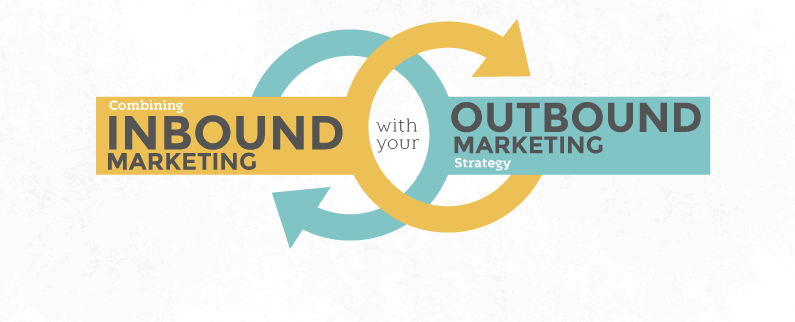‘If you have more money than brains, you should focus on outbound marketing.
If you have more brains than money, you should focus on Inbound Marketing’.
Guy Kawasaki, Chief Evangelist
Inbound Marketing, unlike traditional outbound marketing methods (paper advertisements, billboards, etc.) that intrude people no matter where they are, involves attracting qualified prospects when they are actively in search of answers. By implementing inbound marketing, you are pulling in parents and prospects to your school through the creation of relevant educational contents that are distributed through digital channels (Web, Blog, Email, and Search Engines etc.) and social media. It does not involve you to force your school on parents, but make it easier for them to find you when they need you. It is all about educating parents to make informed enrollment decisions (and the most informed parents choose you). We have discussed what Inbound Marketing is about, this will shed more light on some important benefits your school will lose when not into inbound marketing.
Benefits of doing Inbound Marketing

No matter the size of your school, Inbound Marketing helps you work better with your money than the traditional outbound marketing. Inbound marketing is more effective when it comes to increasing:
Traffic to the school website
Leads to the school
Enrollment
The conversion rate of Prospects to Applicants
The main benefits that come with engaging in Inbound Marketing for your school include:
1. Parents that respond to these strategies are looking for similar services that you render, which means they are closer to being qualified applicants than those that have been reached by the outbound marketing strategies alone.
2. Setting up a website is inexpensive while integrating a blog into an existing website is free. These make inbound marketing cost-effective.
3. Because of its use of the content, it allows schools to create relevant, educative and informative content that builds integrity in the community of parents and can provide prospects with the impression that your school can help them.
4. There is the development of a long-lasting relationship with parents since there is a continuous conveyance of information that tends to cater to the needs of the parents. With this, the school can build trust with prospects until they are ready to enroll in your school.
With all these being said, many people might say that inbound marketing has its disadvantages. We will not tag them as being disadvantages, but the strategies that must be put in place to make it work. As we all know that every marketing strategy has its plan that must be followed, here are those that should be kept in mind in this case:
1. It requires strong expertise in the area of web design, content creation, and social media expertise.
2. Inbound Marketing is not magic, they are effective but requires lots of time and patience.
3. Unlike the traditional outbound marketing method where tracking on returns cannot be done, tracking is possible for Inbound Marketing. However, this is only possible with the implementation of web analytics.
Should you focus on Inbound Marketing alone?

Inbound Marketing as stated earlier is very effective in attracting parents to your school, and building relationships, some schools additionally find that using both the inbound and outbound strategies cause more conversion on prospects to applicants. For example, you can use the information gotten from your inbound campaign in advertising to a selected amount of people that need it. You can as well have your contents shared on a blog sent out to prospects that are on your email and newsletter list. By doing this, you are making using an outbound channel to deliver content that was created for a motive.
